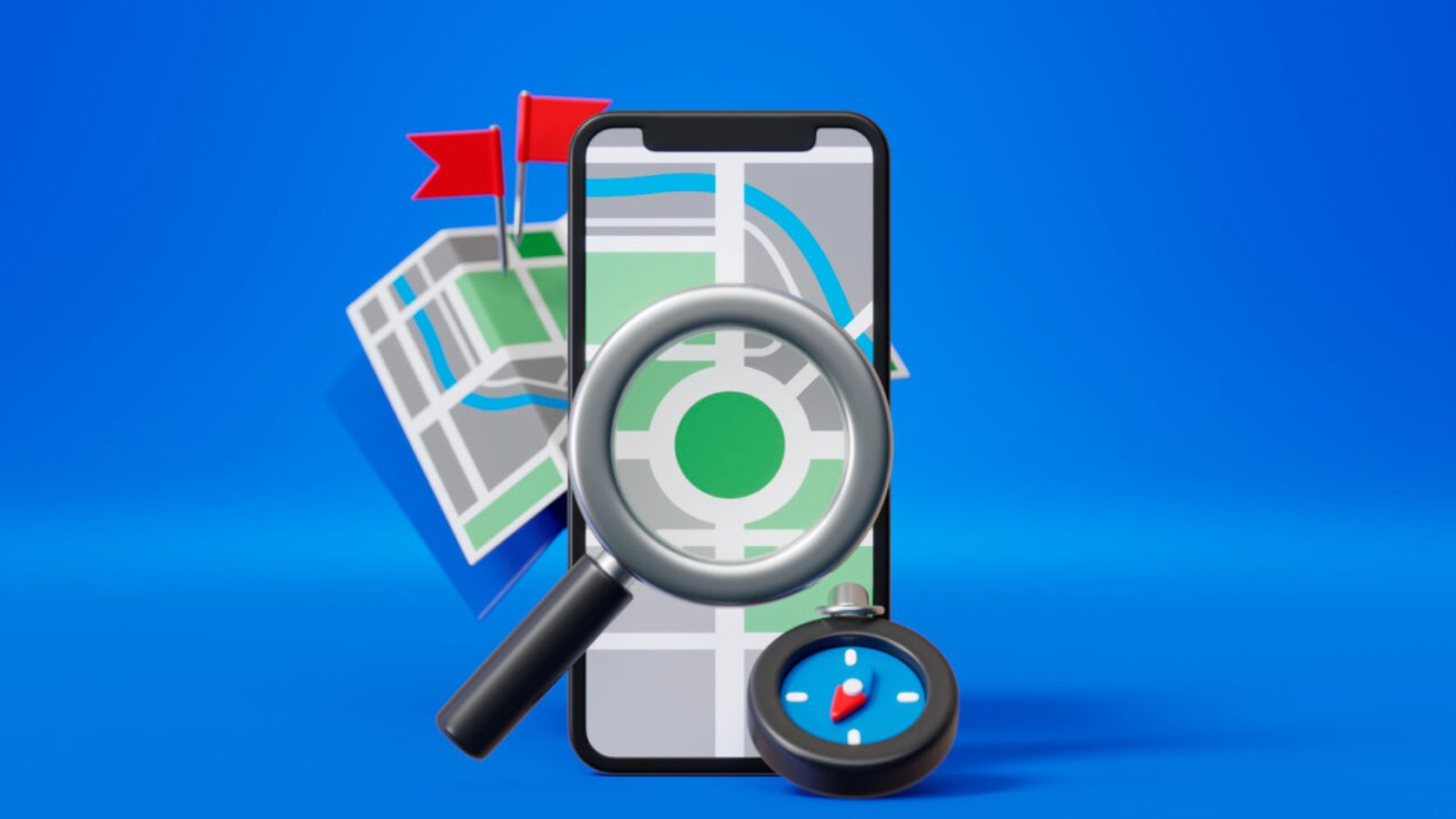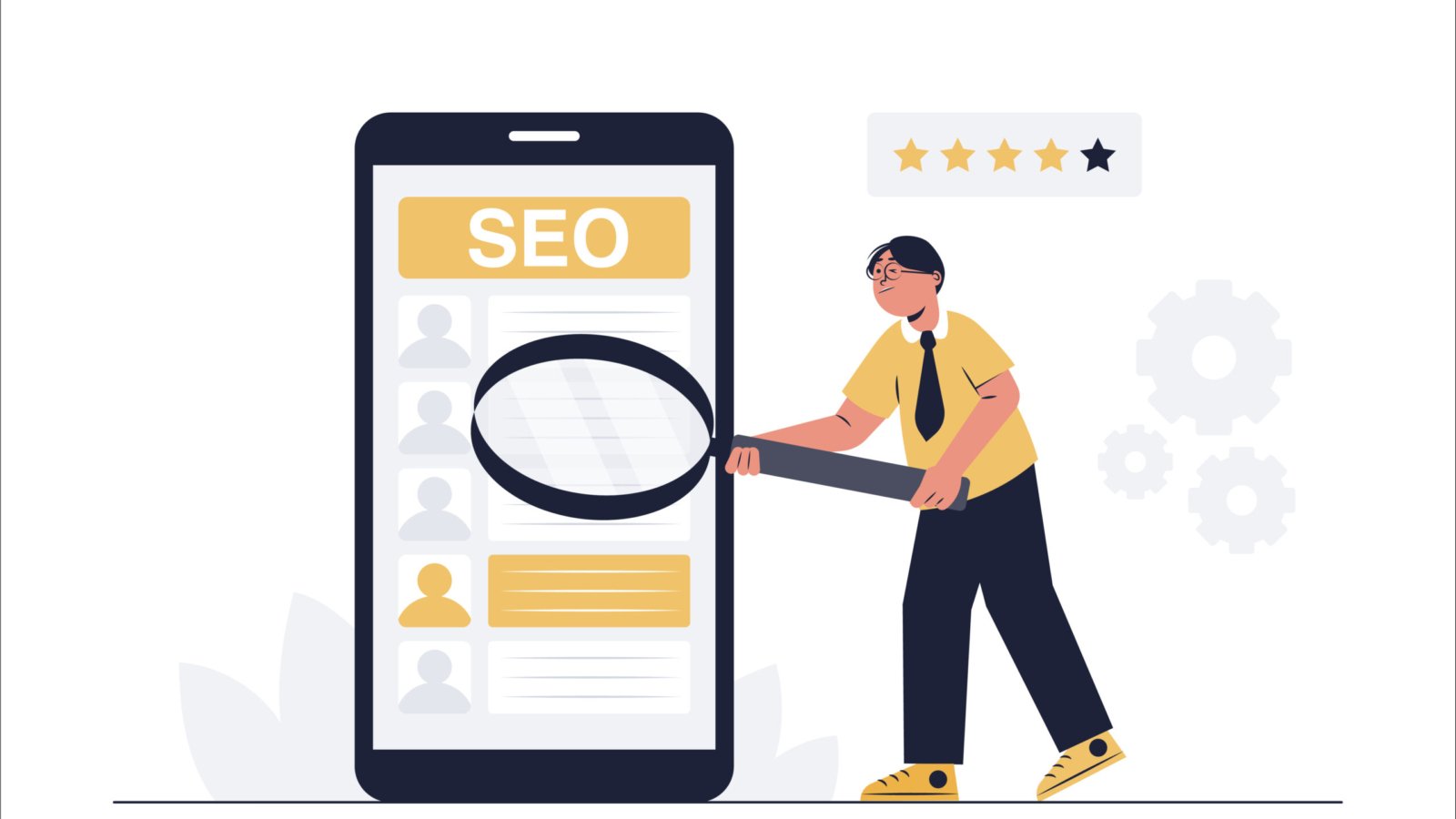Search Engine Optimization (SEO) has been a fundamental element of contemporary digital marketing for the last few years. It enables companies of all sizes to increase visibility in search engines, receive relevant traffic, and boost revenues. Despite what some may think, SEO is not a one-size-fits-all strategy. B2B SEO and B2C SEO are two strategies that account for differences in audience, decision-making strategies, and even in the content each one requires.
Whether you are a commercial business, business owner, or digital strategist, it is important to distinguish between the two. Implementing the right SEO strategy can help businesses build authority, develop leads, and create measurable results in an ever-growing and competitive online space.
Understanding B2B SEO vs B2C SEO Marketing
SEO, in simple terms, is the process of optimizing your website and content for search engines like Google to bring in organic traffic to your website, nevertheless, the strategy varies tremendously depending on who you are targeting with your products or services.
B2B (Business to Business) SEO is targeting other businesses. The buyer is likely a professional or two who are seeking solutions for complex challenges. Their purchasing decisions are typically intentional, research-driven behaviour that often involves multiple stakeholders. Thus, B2B SEO strategies are centred around creating authoritative, in-depth, and educational content that supports the build of trust and credibility.
B2C (Business to Consumer) SEO targets singular consumers, who tend to make quicker decisions based on emotions, convenience, or social proof. In B2C SEO, the focus is on deliverable information that is entertaining, digestible, and increases immediate action, whether the action is to make a purchase, visit the website, subscribe, or download.
Key Differences Between B2B and B2C SEO
1. Target Audience
B2B SEO: B (business) to B (business) targets a significantly smaller, well-defined audience. Much of B2B SEO focuses on professionals, executives, or decision-makers that have a need for a product or service. Understanding the industry, their role, and pain points associated with their role are required.
B2C SEO: Reaction-based SEO focuses on reaching a broader audience of consumers, with the main objective to capture a wide range of consumers based on their interests, trends, or wants.
2. Search Intent
B2B SEO: Users frequently search for the solution, comparisons or in-depth information. Consider the following examples:
“Best enterprise project management software”
“Cloud-based CRM solutions for finance teams”
B2C SEO: Consumers generally search for something that solves their immediate need, deals, or recommendations for a product, for example:
“Best wireless headphones under $100”
“Cheap skincare for sensitive skin”
3. Content Strategy
B2B SEO: Content must educate, inform, and establish credibility. Content may include in-depth blogs, whitepapers, case studies, webinars, and industry reports. The objective is to showcase expertise and ease the decision-making process for the decision-makers.
B2C SEO: Content is created and optimized to engage with the viewer, and quickly convert them. The best-performing content is visually engaging and consumes easily, such as video, product guides, listicles, infographics, or interactive media.
4. Conversion Cycle
B2B SEO: Conversions take longer due to extended sales cycles, and decision-makers will likely include several people. Lead nurturing style content is very important; activities such as personalized email campaigns or emphasizing this follow-up content can be very effective.
B2C SEO: Conversion pace may be quicker upon emotional prompts, promotions, discounts, and exposure.
Emerging Trends in B2B SEO
Intent-Based Keyword Strategies: B2B marketers incorporate keywords in alignment with user search intent – meaning they are much more focused on addressing user needs and creating content in a manner, especially around long-tail searches.
AI-Driven Content Creators: AI-enabled content creation assists marketers with faster and more accurately creating research-based content like guides, product comparisons, and white papers.
Account-based SEO (ABSEO): SEO efforts are becoming more account and less market oriented. In other words, SEO marketers may be doing less generalized marketing because a market-based SEO is not as optimized for identification of high-value accounts within an industry vertical or the business.
Improved Website Experience: Engagement and satisfaction often factors like page speed, ease in navigation, and accessibility to certain tools, so users can experience the website that may include those factors.
Authority and Backlinking: While B2B SEO still heavily relies on backlinks, the trusted authority of the valued asset (the source of the backlink from a trusted source publication) in establishing trust according to research.
Emerging Trends in B2C SEO
Visual and Video Content: Customers love engaging with video tutorials, visual storytelling, and product demos as part of their online shopping experience. When optimizing for visual searches, you can expect higher engagement time, time on these pages, and ultimately conversion.
Voice Search: Prompted by devices that listen to you, consumers get more conversational with their search queries, and voice searches in turn cause content to be optimized for a natural language and question-based language.
Mobile First: Most B2C searches end on some form of mobile device, therefore responsive design, fast-loading pages, and easy navigation is critical.
Local SEO: It’s local searches that create foot traffic for local businesses (restaurants, salons, retail, etc), so optimizing content for local keyword variations and freshness in Google Business Profiles can improve presence and traffic.
Social Proof and Reviews: Ratings, testimonials, and mentions by influencers create social proof which creates credibility and trust, and in turn increases your ranking in organic search results even if not intended.
Choosing the Right Strategy
Choosing between B2B SEO and B2C SEO Marketing is dependent on your audience and your business goals.
B2B SEO is a better fit for businesses targeting larger organizations as clients. Business-to-Business SEO (B2B SEO) may be the best fit for organizations that are selling a multistep complex solution or a high-value product or service. B2B SEO is more about creating authoritative content at the same time you are nurturing leads.
B2C SEO is better for businesses that target everyday consumers and are looking for faster conversions and more mass market reach. Focus on content that is more engaging, stories that are visual and social proof as part of the SEO process.
You can use a hybrid strategy if your business targets both consumers and large or corporate organizations. The real key is to understand buyer intent, analyse performance over time, and adjust your strategy to the needs of your audience.
Conclusion
Recognizing the differences between B2B SEO and B2C SEO Marketing is important for all types of businesses looking to succeed online. While the overall objective for both B2B and B2C businesses are increasing visibility and generating traffic, the differing strategies, content types, and approaches to conversion means each utilizes a very different context and method.
B2B SEO focuses on establishing authority over time, utilizing more detail-heavy content and often a longer lead nurturing process. B2C SEO frequently promotes engagement with faster loads and often an emotional appeal. When using SEO strategies tailored to the audience using trends like AI content creation, voice search optimization, and improved user experience, business will benefit from sustainable growth.
More than just ranking, SEO is about defining your audience and building value. Organizations that ultimately separate both categories of SEO, develop strategies, and use data to help implement a framework will remain on the cutting edge.
Interesting Reads
AI and ML Development for IT Automation and Smart Operations in Dubai
Why Predictive Analytics Is the Future of IT Operations (AIOps) in UAE
Cybersecurity in Dubai: Challenges, Risks, and Smart Solutions






